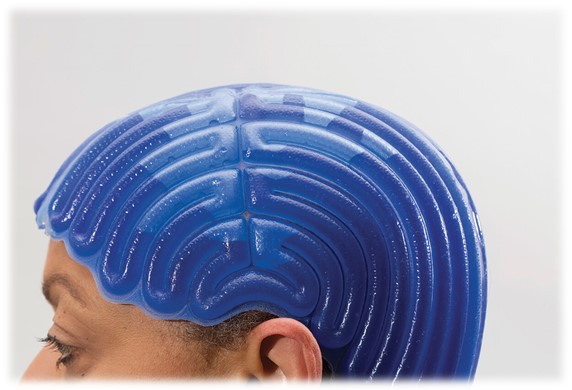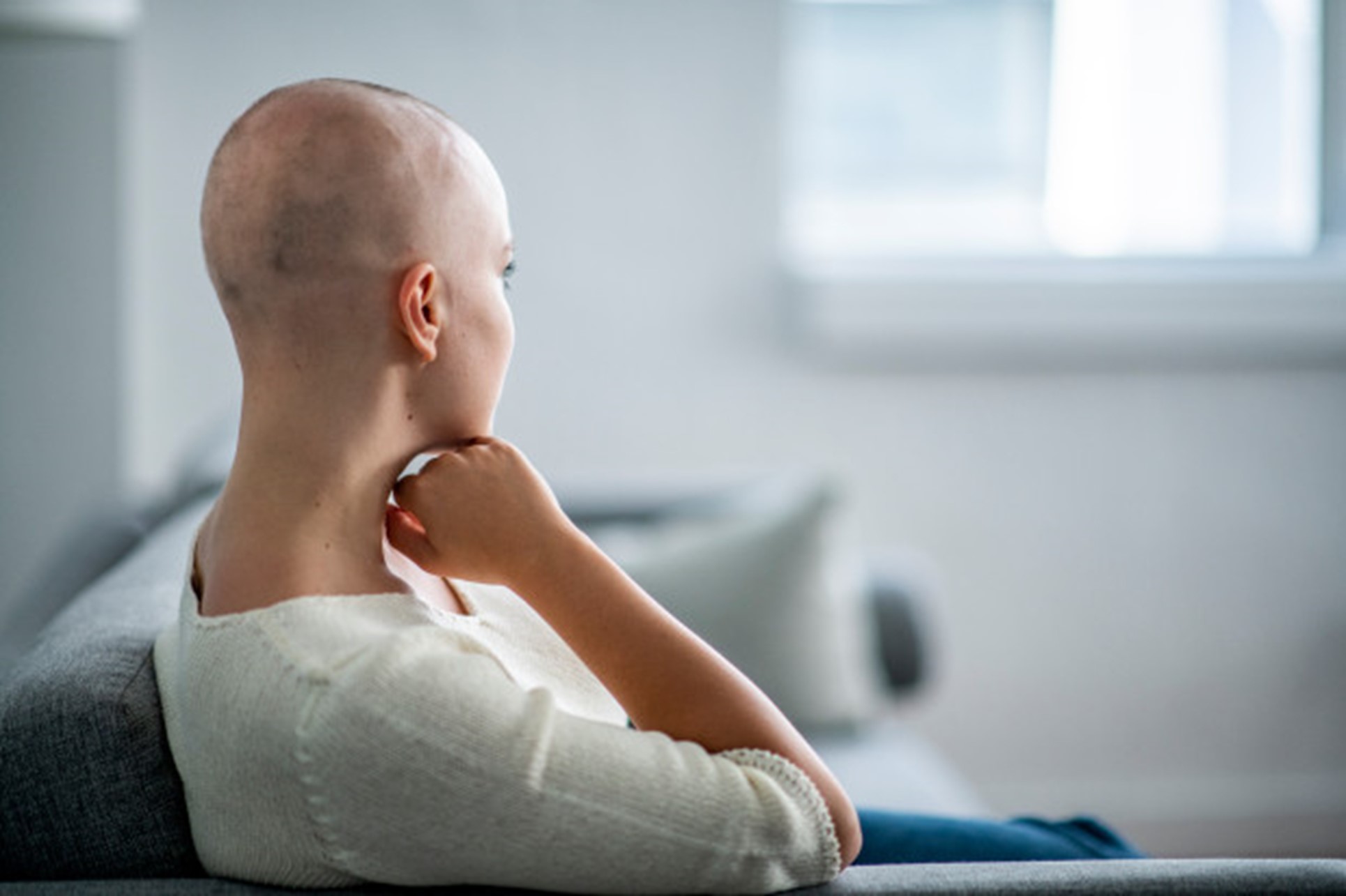People might not realize the importance of their hair until they start losing it. If you are suffering from cancer and are awaiting your chemotherapy sessions, the chance of losing hair is very real. Both women and men generally report hair loss to be one of the adverse effects they mostly fear after getting diagnosed with cancer. The drugs of chemotherapy are powerful medications which attack the rapidly growing cancerous cells. But unfortunately, these medications also tend to attack the other rapidly growing cells of your body including those in the roots of your hair. Chemotherapy might result in loss of hair from all over the body and not just the scalp. The eyelashes, armpit hair, eyebrows, pubic and hair on other parts of body are also seen to fall out. Specific chemotherapy drugs are sometimes more likely than others in causing hair loss. Also, different doses of drugs may result in anything from mere thinning of the hair to complete baldness. However, most of the times, the hair loss due to chemotherapy is temporary. One can expect the regrowth of the hair three to six months after getting done with the treatment. Though, the new hair might temporarily have different texture or shade.
The hair usually starts falling out 2-3 after the beginning of the treatment. People suffering from cancer have reported hair loss to be a distressing side effect of treatment. Every time you catch a glimpse of yourself in the mirror, the altered appearance is a constant reminder of the condition including everything one goes through since the diagnosis.
There exists no treatment that guarantees no hair loss ahead or after chemotherapy. However, multiple treatments have been explored to find possible ways for the prevention of hair loss, though none have been found to be completely effective. Some of the preventions and treatments are as follows:
• Scalp Hypothermia (Scalp Cooling Caps): A closely fitted cap which is cooled by chilled fluids can be put on one’s head during the sessions of chemotherapy for slowing down the blood flow to the scalp. But this process also leads to a minor risk of cancer recurring in the scalp as this part of the body does not receive the same dose of drugs as compared to the rest of the body. Few patients also report to develop headaches while having the cooling caps on, as it is quite uncomfortable.

• A short haircut might help: Since short hair gives a much more fuller look than long hair, therefore hair loss can be less noticeable if one gets a short hairstyle. This is the reason why many cancer patients prefer cutting their hair short ahead of chemotherapy sessions. On the other hand, many also prefer a cleanly shaved head look instead of partial hair loss.
Covering one’s head as the hair falls out is completely a personal decision. Many people associate their personal identity and health with hair, so they choose to maintain their look by donning a wig, while others may choose scarves or hats. Some prefer not to cover their head at all. Radiation therapy also plays a role in attacking quickly growing cells in the body, but it affects only a specific area where the treatment has been concentrated unlike chemotherapy.
Facing severe hair loss while receiving chemotherapy might be upsetting, but the loss is mostly temporary. The hair usually starts growing back once the treatment ends. But the extent of its growth, its fullness and thickness depend on the type of treatment. Different doses of chemotherapy and radiation have differing effects on the hair. Some high doses of radiation might also lead to permanent hair loss.

